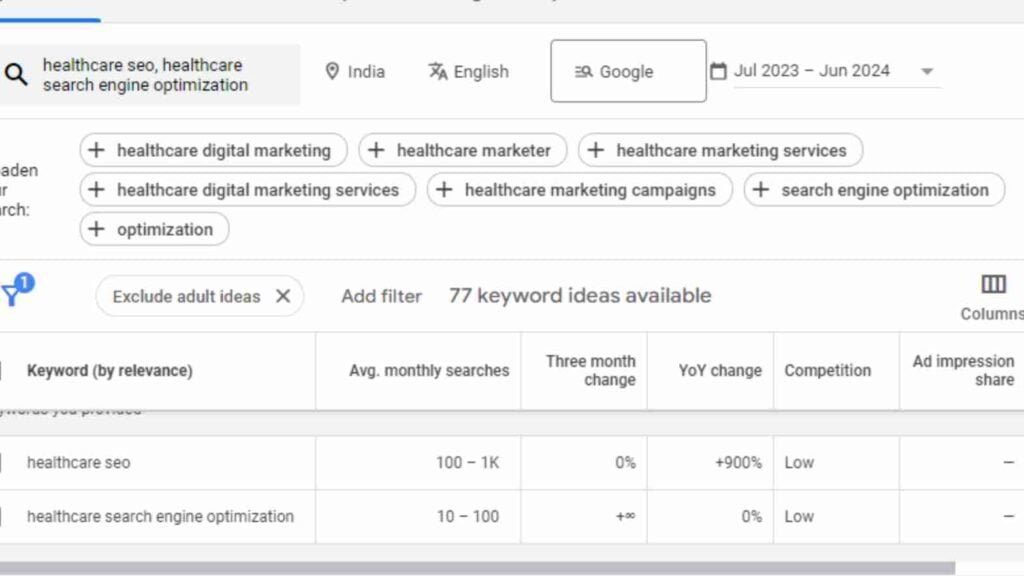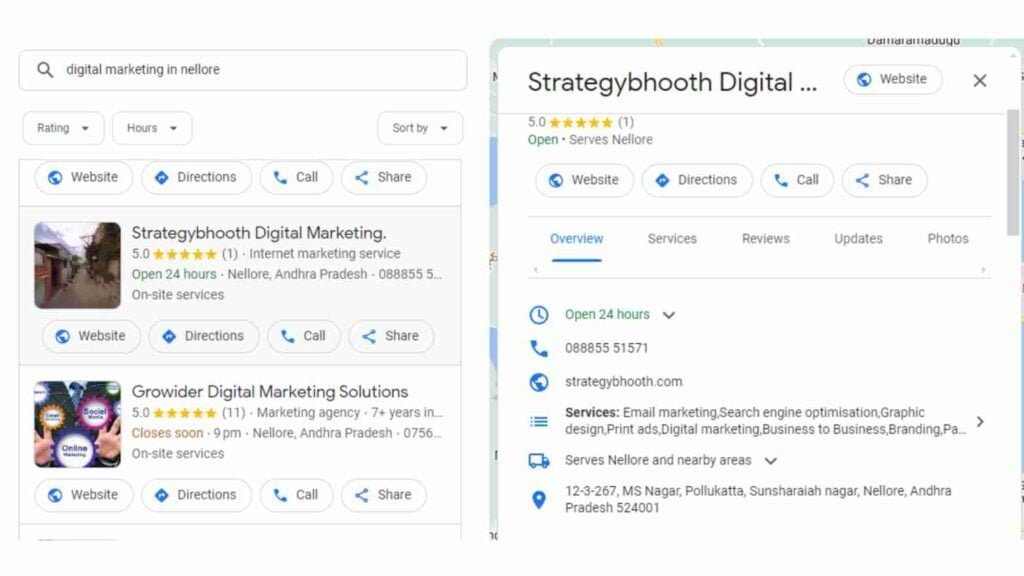Wanting to see more patients enter your practice is expected. Or, at the very least, feeling overwhelmed by competition and clueless about boosting your online presence? You’re not alone. Countless healthcare providers are just like you in this digital landscape. This blog post provides you with the essence of SEO medical marketing, covering actionable solutions and tips to help optimize your medical website and increase patient engagement. By the end of this post, you shall have learned how to drastically improve your online visibility and increase your practice using SEO for healthcare industry strategies.
Understand Search Engine Optimization Medical Marketing
What is SEO Medical Marketing?
Search Engine Optimization means optimizing one’s website for search engines like Google. In the medical context, this would be optimizing your medical website for potential patients who need to find your services. Through SEO medical marketing strategies, a higher ranking on results, increased visitors, and conversion into patients will be noted.
Why is SEO Important for the Healthcare Industry?
The healthcare industry is highly competitive, with most patients seeking medical information and healthcare providers online. Effective SEO medical marketing will ensure that your medical website remains at the top of search results, increasing the chances of being found by any potential patient. Proper implementation of SEO on a medical website can create more traffic, engage more patients, and create more appointments.

Key Features of SEO Medical Marketing
Keyword Research
It is essential to understand what your potential patients are searching for. This will ensure that keyword research can find those search terms for you and intentionally point them out in your website content. For example, “SEO medical marketing,” “medical marketing SEO,” “SEO for healthcare industry,” “SEO for medical website,” and “SEO for medical sites” are some important terms for your strategy.
Example: Using Google Keyword Planner to find relevant keywords.

On-Page SEO
On-page optimization deals with optimizing every page of one’s website to rank higher on the search engine. This would include:
Title Tags and Meta Descriptions: Give every page a different title tag and meta description, including target keywords.
Header Tags: H1, H2, H3, organizing content and mentioning target keyword in headers,
URL Structure: Clean, descriptive URLs with target keywords.
Content Optimization: High-quality, informative, and well-formatted content that naturally integrates the target keywords.
Image Optimization: This is achieved through descriptive file names and alt text for images.

Technical SEO
Technical SEO refers to the back end of your website. Some of the top practices include:
Site Speed: Ensuring your website loads at the top speed on all devices.
Mobile-Friendliness: Responsive design to give a smooth mobile experience.
XML Sitemap: Submitting an XML sitemap to search engines.
Robots.txt File: Control the pages the search engines crawl/index.

Local SEO
Any medical practice will leverage local SEO. The must-haves are to
Google My Business: Claim and optimize your listing.
Local Keywords: “New York dentist” or “dentist near me.”
NAP Business name: address, and phone number consistency across the web.
Customer Reviews Positive: reviews from patients should be encouraged.

Content Marketing
Content marketing is one of the most potent tactics for capturing interest among potential patients. Start with these ideas:
Blog Posts: Author informative articles on relevant medical topics.
Patient Testimonials: Share stories of success to build trust.
Educational Videos: Create videos explaining complex medical concepts to your patients.
Infographics: Information displayed through images.

How to Know Your SEO Medical Marketing Campaign Is Working
Check and measure performance regularly to ensure your SEO medical marketing efforts work well. Some of the critical metrics that one should monitor include:
Organic Traffic: This ensures visitors’ arrival through search engines to the website.
Keyword Rankings: Performance tracking for target keywords.
Bounce Rate: It must be assessed whether or not the visitor is getting what they need.
Conversion Rate: Measuring how many took action by submitting a form or booking an appointment.
Local Search Rankings: Results of your performance in local search.

Conclusion
SEO medical marketing is a key to healthcare providers seeking more patients and desiring practice growth. Optimization of your medical website increases online visibility among your target patients, promotes effective patient engagement, and drives more appointments. Remember that SEO medical marketing is an ongoing process requiring regular monitoring and adjustments.
We hope you have learned a lot from this guide, complete with actionable tips on improving your SEO medical marketing. Do you have questions or insights about SEO medical marketing for the healthcare industry? We’d love to hear from you! Leave your comments and feedback in the section below.
By using such strategies, every healthcare professional will be well placed in maneuvering within the competitive healthcare industry, well anchored in their online presence, and effectively reaching more patients.


